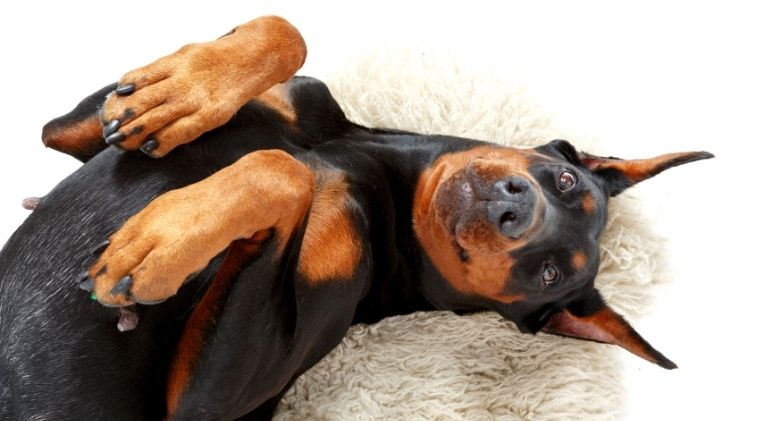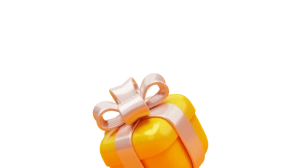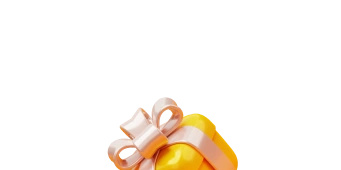Have you ever wondered why your furry friend insists on rubbing himself against you? It may seem like a peculiar behavior, but there are actually several reasons behind this seemingly odd habit. In this article, we will delve into the fascinating world of canine behavior to understand Why Does My Dog Rub Himself on Me in this behavior and what it might signify.
Dogs are social animals that rely on various forms of communication to express themselves. One of these forms is through physical contact, which includes rubbing against objects or, in this case, their human companions. This behavior is often referred to as “scent marking” or “scent rolling.”
Scent plays a crucial role in a dog’s life. They have a highly developed sense of smell, and by rubbing themselves on you, they are essentially marking you with their unique scent.
The Reasons Behind Why Does My Dog Rub Himself on Me
 1. Instinctual Scent Marking
1. Instinctual Scent Marking
One of the primary reasons why your dog rubs himself on you is instinctual scent marking. Dogs have scent glands located in various parts of their bodies, including their neck, back, and tail. By rubbing against you, they are leaving their unique scent on you, essentially marking you as part of their territory. This behavior is deeply rooted in their instincts as social animals.
2. Affection and Bonding
Another common reason for your dog’s rubbing behavior is to show affection and strengthen the bond between you. Dogs are pack animals, and physical contact is an essential part of their social interactions. When your dog rubs against you, it’s their way of seeking closeness and connection. This behavior is often more prominent when they are feeling happy, excited, or seeking reassurance from their human family members.
3. Itching and Discomfort
In some cases, your dog’s rubbing behavior may be a result of itching or discomfort. Dogs may rub against you to alleviate itching caused by skin irritations, allergies, or the presence of external parasites like fleas or ticks. If you notice excessive rubbing or other signs of discomfort, such as excessive scratching or redness, it’s crucial to consult with a veterinarian. They can help identify and address any underlying health issues that may be causing your dog’s discomfort.
4. Attention-Seeking Behavior
Dogs are intelligent animals and quickly learn that rubbing against their human companions often results in attention and affection. If your dog has learned that this behavior gets them the desired response, they may engage in it more frequently as a way to seek attention. It’s essential to strike a balance between giving your dog attention and reinforcing positive behaviors while discouraging excessive rubbing if it becomes bothersome.
Practical Recommendations for Why Does My Dog Rub Himself on Me
Here are some of the recommendations for Why Does My Dog Rub Himself on Me
Regular Grooming
Maintaining a regular grooming routine can help address itching and discomfort that may be causing your dog to rub against you. Regular brushing and bathing can help keep their skin clean and free from irritants. Additionally, it allows you to check for any signs of skin issues or parasites that may require veterinary attention.
Provide Appropriate Scratching Surfaces
To redirect your dog’s rubbing behavior, provide them with suitable scratching surfaces. This can include scratching posts, mats, or toys designed specifically for this purpose. Encourage and reward your dog when they use these designated areas, redirecting their attention away from rubbing against you.
Consult with a Veterinarian
If your dog’s rubbing behavior persists or is accompanied by other concerning symptoms, it’s important to consult with a veterinarian. They can assess your dog’s overall health and determine if there are any underlying medical conditions contributing to the behavior. They may recommend specific treatments or interventions to alleviate discomfort and address any potential health issues.
Positive Reinforcement Training
Using positive reinforcement techniques, such as rewards and praise, can be effective in managing your dog’s rubbing behavior. Whenever your dog refrains from rubbing against you or redirects their attention to appropriate behaviors, provide them with praise and rewards. This helps reinforce the desired behavior and encourages them to engage in alternative activities.
Practical Recommendations for Managing Your Dog’s Rubbing Behavior
1. Regular Exercise and Mental Stimulation
Ensuring that your dog receives an adequate amount of physical exercise and mental stimulation can help reduce their rubbing behavior. Dogs often engage in excessive rubbing when they are bored or have pent-up energy. Take your dog for daily walks, play interactive games, and provide them with puzzle toys to keep them mentally and physically stimulated.
2. Address Underlying Health Issues
If your dog’s rubbing behavior is accompanied by signs of discomfort, such as excessive scratching or skin irritation, it’s crucial to address any underlying health issues. Consult with a veterinarian to rule out allergies, skin infections, or parasites. Follow their recommended treatment plan, which may include medications, dietary changes, or topical treatments, to alleviate your dog’s discomfort.
3. Establish Boundaries and Redirect Behavior
Teach your dog appropriate boundaries and redirect their rubbing behavior to more acceptable alternatives. When your dog starts to rub against you, calmly and gently guide them away using a verbal cue or a gentle physical redirection. Encourage them to engage in other activities, such as playing with toys or settling in their designated resting area.
4. Provide Enrichment and Interactive Toys
Offer your dog a variety of interactive toys, such as treat-dispensing puzzles or chew toys, to keep them engaged and mentally stimulated. These toys can provide an outlet for their natural instincts and help redirect their rubbing behavior. Rotate the toys regularly to keep them interesting and prevent boredom.
5. Use Positive Reinforcement Training
Utilize positive reinforcement training techniques to encourage desired behaviors and discourage excessive rubbing. When your dog refrains from rubbing against you or redirects their attention to appropriate activities, praise and reward them with treats or verbal affirmations. Consistency and patience are key when using positive reinforcement to modify your dog’s behavior.
6. Seek Professional Help if Needed
If your dog’s rubbing behavior persists despite your efforts, consider seeking guidance from a professional dog trainer or animal behaviorist. They can assess the situation, provide personalized advice, and develop a training plan tailored to your dog’s specific needs. Professional help can be invaluable in addressing complex behavioral issues and ensuring the well-being of both you and your dog.
7. Maintain a Calm and Positive Environment
Dogs are highly attuned to their environment and can pick up on stress or tension. Create a calm and positive atmosphere at home by maintaining a consistent routine, providing a comfortable resting area, and avoiding loud or chaotic situations. A peaceful environment can help reduce anxiety and minimize your dog’s need for excessive rubbing.
 Remember, each dog is unique, and what works for one may not work for another. Be patient, observe your dog’s behavior closely, and adapt your approach as needed. With time, understanding, and consistent training, you can help manage your dog’s rubbing behavior and strengthen your bond with them.
Remember, each dog is unique, and what works for one may not work for another. Be patient, observe your dog’s behavior closely, and adapt your approach as needed. With time, understanding, and consistent training, you can help manage your dog’s rubbing behavior and strengthen your bond with them.
Why Does My Dog Rub Himself on Me – Conclusion
Understanding Why Does My Dog Rub Himself on Me is essential for building a strong bond and ensuring their well-being. Whether it’s instinctual scent marking, affection-seeking behavior, or discomfort, addressing this behavior requires a combination of understanding, proper care, and positive reinforcement training. By implementing practical recommendations and seeking veterinary guidance when needed, you can help your furry friend find healthier ways to express themselves and strengthen your relationship.















 1. Instinctual Scent Marking
1. Instinctual Scent Marking






